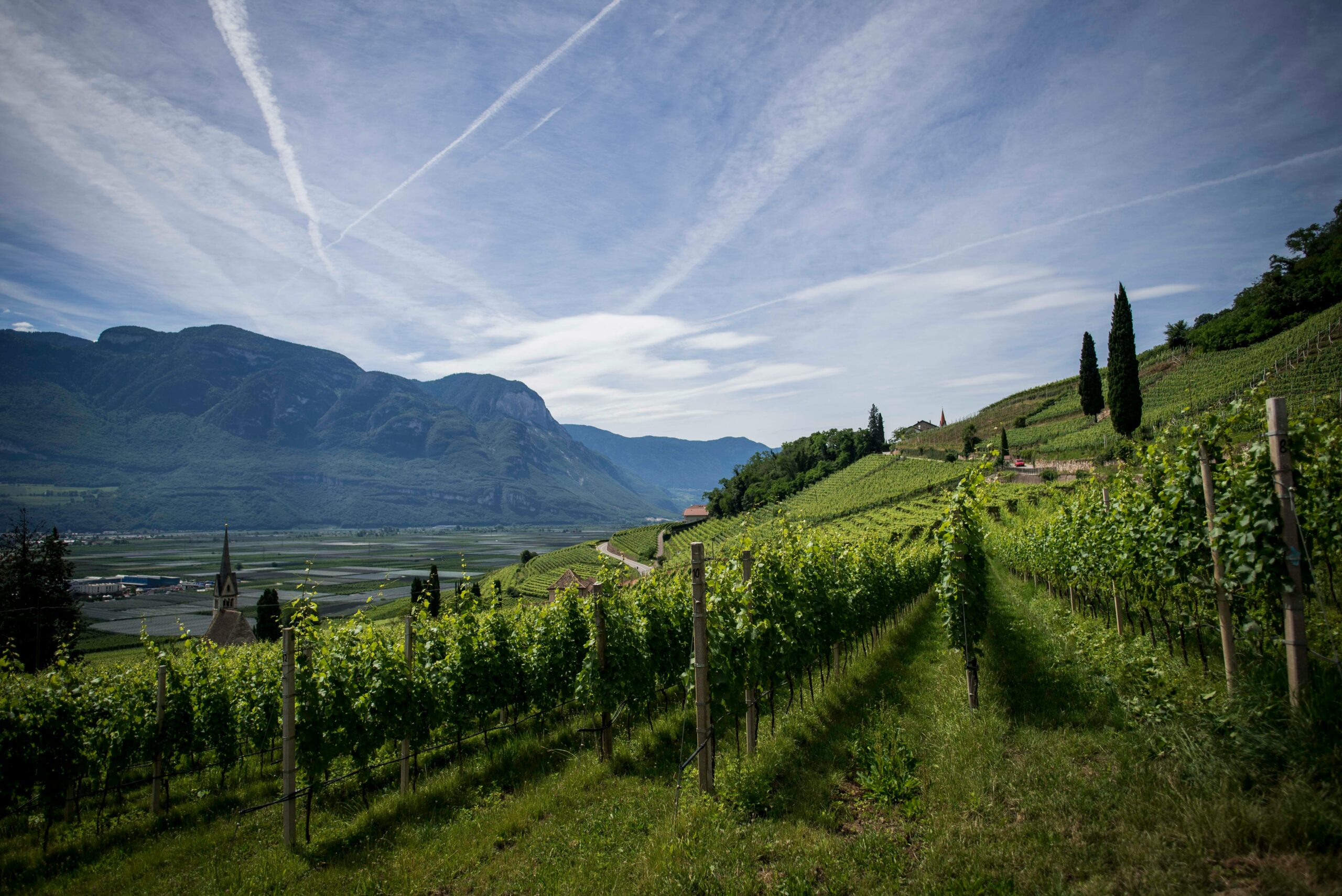Perched atop rolling hills in northwest Italy, Barolo has long been celebrated as the “King of Wines.” Today, it’s also one of Europe’s premier wine-tourism destinations, where visitors can experience Nebbiolo grapes at every stage—from sun-kissed vineyards to centuries-old cellars. Beyond sipping label-driven vintages, travelers to Barolo can immerse themselves in a living cultural landscape shaped by millennia of winemaking.

A UNESCO Cultural Landscape
In 2014, the Vineyard Landscape of Piedmont—encompassing Langhe, Roero, and Monferrato—was inscribed as a UNESCO World Heritage Site. Within this mosaic lie five distinct winegrowing areas, including the Langa del Barolo, plus the medieval Grinzane Cavour Castle. Together, they showcase a diverse range of soils, native grape varieties, and winemaking processes, reflecting humanity’s ancient bond with the land.
Terroir and the Noble Nebbiolo
Barolo’s signature wine is 100% Nebbiolo, a grape revered for its complexity and longevity. It thrives on south-facing hillsides with calcareous-tufa soils and benefits from marked day–night temperature swings. Harvested in mid-to-late October, Nebbiolo yields high-tannin, high-acid wines whose youthful garnet hues evolve into translucent amber with age. This “terroir-expressive” variety is often compared to Pinot Noir for its sensitivity to soil and climate nuances.
The Eleven Communes of Barolo
True Barolo appellation covers eleven villages, each imparting subtle stylistic differences:
- Barolo and La Morra: Known for elegance and perfumed aromatics.
- Serralunga d’Alba and Monforte d’Alba: Producing robust, long-living wines.
- Castiglione Falletto, Novello, Verduno, Diano d’Alba, Roddi, Cherasco, Grinzane Cavour: Offering a spectrum from floral to fiercely structured interpretations.
Exploring each village by car or bike reveals changing vistas and microclimates that define Barolo’s complexity.
Following the Strada del Barolo
The famed Strada del Barolo winds through vineyard-lined roads and past historic castles. Stretching about 50 kilometers between Alba and La Morra, it’s the ideal route for self-guided drives or cycling adventures. Signposts and tasting-room flags mark dozens of estates, from small family-run cellars to iconic producers.

Top Tasting Experiences
While many highlight G.D. Vajra’s hillside winery, locals recommend a range of immersive tours. Among the best are:
- Private Winemaker’s Day in Montforte d’Alba: Eight hours visiting two small estates, vineyard walks, barrel-room tastings, and a lunch of tajarin pasta paired with Barolo Riserva.
- Half-Day Family-Run Cellar Tour: A three-to-five-wine vertical tasting in a Barolo farmhouse, perfect for newcomers.
- Lunch & Truffle Hunt Combo: Morning foraging with a trained dog outside Alba, followed by an afternoon Barolo tutored tasting and truffle-infused lunch.
Beyond the Wine: Food, Culture & Truffles
Barolo’s culinary heritage extends far beyond the glass. In nearby Alba each autumn, the International White Truffle Fair transforms the town into a sensory feast. From October through early December, visitors sample the prized white truffle alongside Barolo en primeur events and cooking shows. Guided truffle hunts offer a hands-on glimpse into this underground gold.
Local specialties include:
- Tajarin al Tartufo (hand-cut egg pasta with truffle shavings)
- Brasato al Barolo (beef braised in young Barolo)
- Robiola di Roccaverano (soft goat cheese)
Where to Stay
From agriturismi—restored farmhouses offering home-cooked Piedmontese meals—to luxury relais like Villa Tiboldi, accommodations abound. Many estates provide on-site tasting rooms and panoramic terraces overlooking the vines, ensuring morning mists and sunset glows are part of the experience. UNESCO’s recognition has spurred the renovation of hamlets into boutique hotels, blending rural charm with modern comforts.
Best Time to Visit
- Harvest Season (September–October): Vineyards blaze with color, and cellar doors buzz with bottling and tours.
- Spring (April–June): Wisteria and wildflowers carpet the hills; weather is mild for outdoor tastings.
- Year-Round: Many wineries open by appointment, but March and November see fewer crowds and more personalized service.

Getting There
- Nearest International Airport: Turin-Caselle (TRN), approximately 80 km north.
- Regional Flights: Cuneo (CUF) and Genoa (GOA) offer limited connections.
- Train & Bus: Rail to Alba or Bra, then local buses or taxi/car rentals. Driving is highly recommended for vineyard hopping.
Conclusion
Barolo wine tourism is more than sampling renowned vintages—it’s a journey through protected landscapes, centuries of viticultural tradition, and the passionate people who nurture Nebbiolo. From stately cellars to truffle-laden tables, every experience reveals a new layer of Piedmont’s finest terroir.
Frequently Asked Questions (FAQs)
Q1: What makes Barolo wine unique?
Barolo is 100% Nebbiolo, demanding exacting soils and a long aging process (minimum 38 months) that yields structured, age-worthy wines with aromas of rose, tar, and truffle.
Q2: When is the best time to visit Barolo?
Harvest (September–October) for vibrant landscapes and cellar activity; or spring (April–June) for milder weather and blooming vineyards.
Q3: How do I explore the region without a car?
Book guided tours based in Alba or hire private drivers. Small-group wine-tasting shuttles run seasonally along the Strada del Barolo.
Q4: What is the Strada del Barolo?
A scenic 50 km route linking Alba to La Morra, passing through all eleven Barolo communes and dozens of wineries, with signposted tasting stops.
Q5: Can I stay on a working winery?
Yes—many family estates offer agriturismo lodging with vineyard views, home-cooked meals, and cellar-door access, immersing guests in rural Piedmont.
Q6: Are winery visits expensive?
Tastings range from €20–€50 per person for basic three-wine flights; private or vertical tastings can run €100–€200, often including cellar tours and regional snacks.

Sources Forbes


